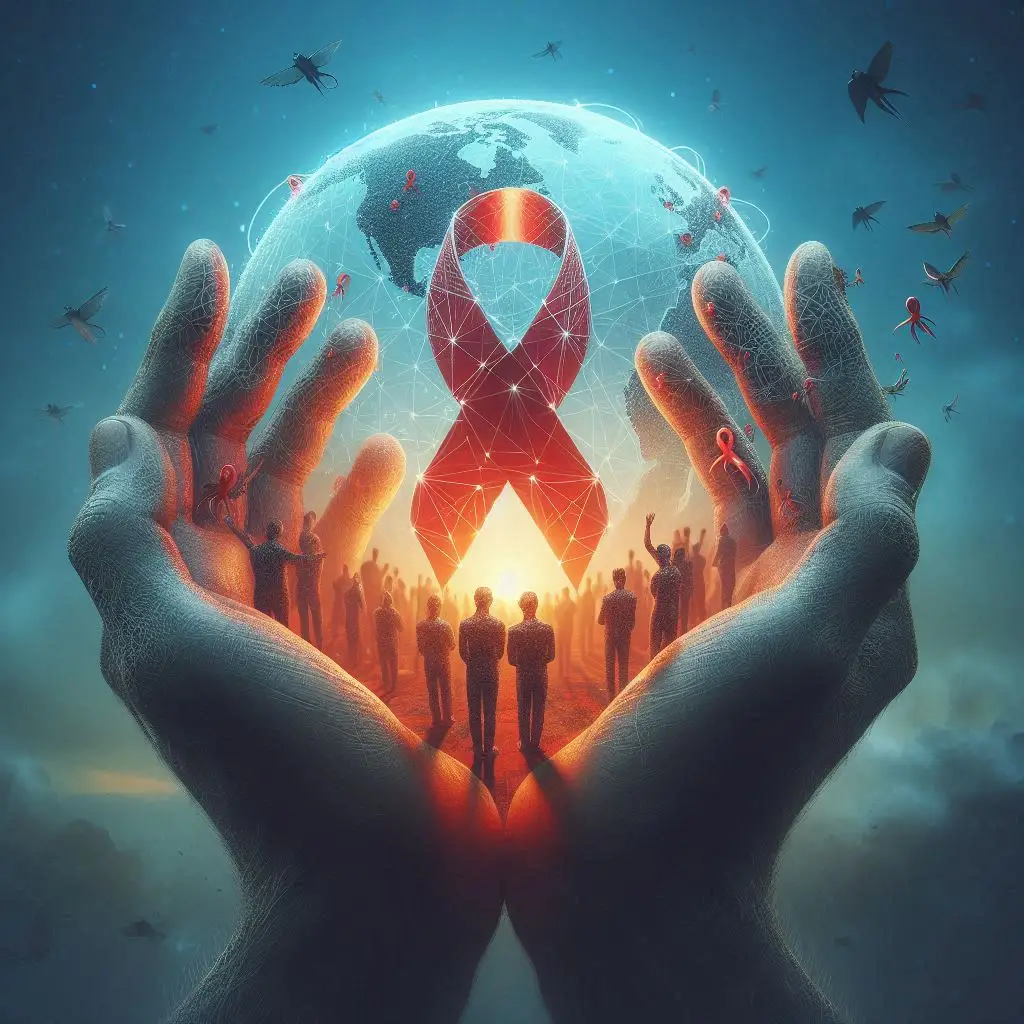Healthcare Challenges and the Vital Question: Where Did AIDS Come From?
Imagine trying to fight a wildfire without water, hoses, or even a fire station. That’s what confronting AIDS looks like in many developing countries—where the spread of HIV continues to test fragile healthcare systems, strained economies, and cultural barriers. Despite global advances in treatment and awareness, AIDS in developing countries remains a pressing crisis. To understand the depth of this challenge, we must revisit a foundational question that still shapes global health responses: Where did AIDS come from?

Where Did AIDS Come From?
The question where did AIDS come from is not only historical—it is essential to how the epidemic has unfolded in different regions. AIDS originated from a virus known as SIV (Simian Immunodeficiency Virus), found in chimpanzees. Scientists believe that sometime in the early 1900s, SIV crossed into humans through bushmeat handling in Central Africa, transforming into what we now know as HIV-1, the most widespread form.
This zoonotic leap happened quietly, and HIV spread undetected for decades—especially in developing countries, where limited surveillance allowed the virus to establish deep roots. By the time the world asked “where did AIDS come from?”, it had already become a global crisis, disproportionately affecting countries least equipped to handle it.

The Healthcare Gap: A Widening Divide
In high-income nations, AIDS has become a manageable chronic illness thanks to antiretroviral therapy (ART), early diagnosis, and strong public health campaigns. But in developing countries, especially in sub-Saharan Africa and parts of Asia, the story is drastically different.
Here are the core challenges:
- Limited Access to Treatment:
Many countries lack consistent access to ART. Rural areas, where the majority of people live, often have no local clinics or trained professionals to administer treatment. Even when medication is available, supply chain issues can disrupt ongoing care. - Late Diagnosis:
People in developing countries are often diagnosed at a very late stage. This delay happens because of limited testing facilities, stigma, and poor awareness. By the time help is sought, the immune system may already be severely compromised. - Healthcare Infrastructure:
Overcrowded hospitals, a shortage of trained health workers, and inadequate funding plague many healthcare systems. In some places, one clinic may serve thousands of people spread across vast rural areas. - Cultural and Social Barriers:
HIV remains heavily stigmatized in many societies. Myths and misinformation flourish—such as beliefs that HIV is caused by curses or immoral behavior—discouraging people from seeking help. - Lack of Education and Awareness:
In areas where education systems are weak, people may not even know how HIV is transmitted or prevented. This leads to continued high infection rates, particularly among young women and marginalized communities.
Global Efforts and Local Solutions
Despite these hurdles, there are rays of hope:
- Global Initiatives: Programs like PEPFAR (President’s Emergency Plan for AIDS Relief) and the Global Fund have helped provide millions of people in developing countries with access to lifesaving ART.
- Community-Based Care: Mobile clinics and community health workers are stepping in to bridge the healthcare gap, bringing testing and medication directly to remote areas.
- Education Campaigns: NGOs are working on grassroots levels to educate people about HIV prevention, treatment, and stigma reduction.
Still, without consistent investment, these gains remain fragile.
Why “Where Did AIDS Come From?” Still Matters
Understanding where did AIDS come from is not just about origins—it’s about accountability and prevention. Knowing that AIDS began through cross-species transmission in a low-resource setting underscores the importance of strengthening healthcare infrastructure in vulnerable regions. It reminds the world that health inequities can turn local outbreaks into global pandemics.
Fighting the Fire Without the Tools
AIDS in developing countries continues to burn through lives and communities, fueled by poverty, misinformation, and weak health systems. But through international support, localized interventions, and sustained advocacy, change is possible.
The path forward begins by asking hard questions—like where did AIDS come from—and following those answers with action, compassion, and a commitment to building a healthier, more equal world.


